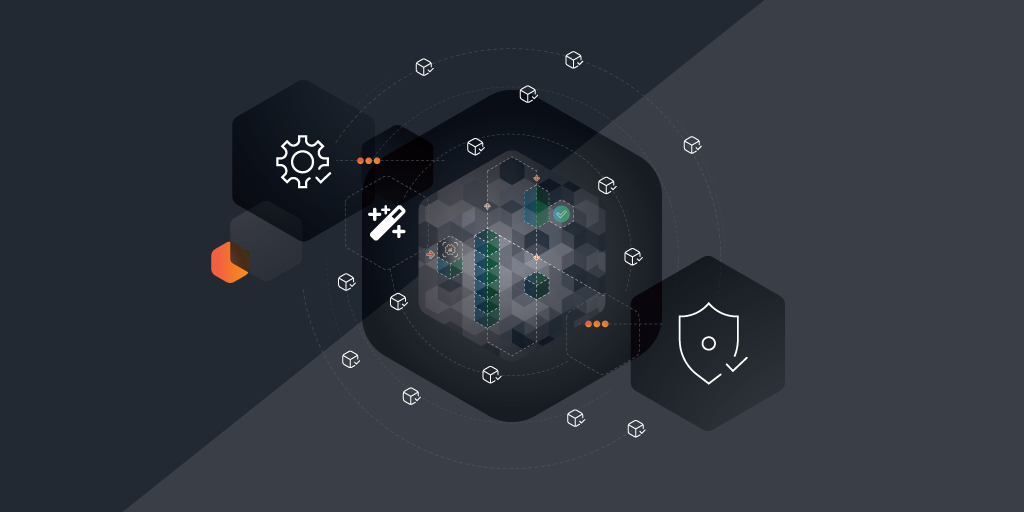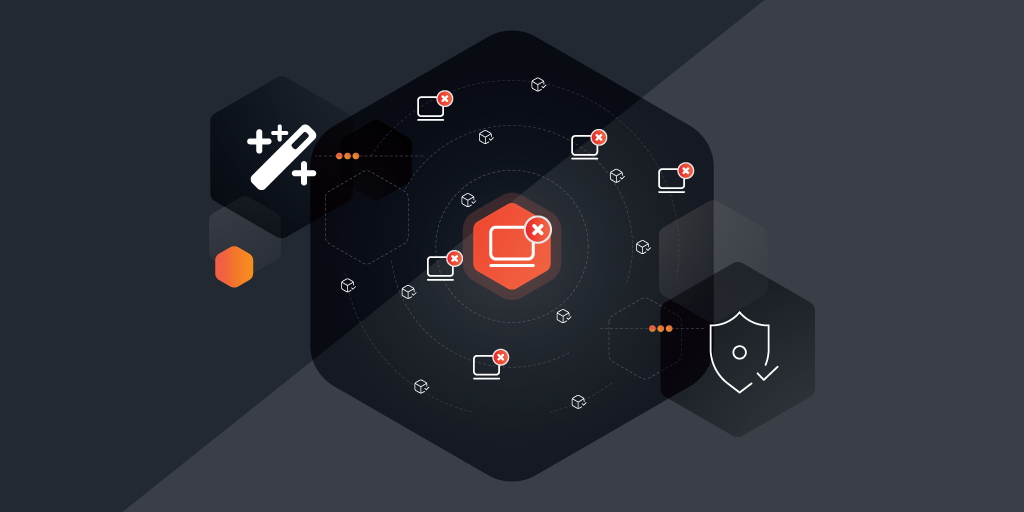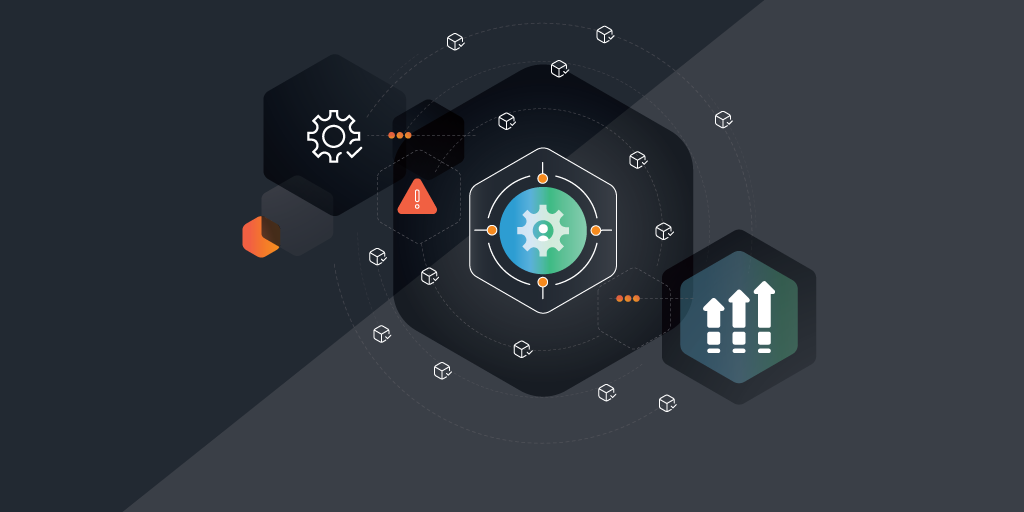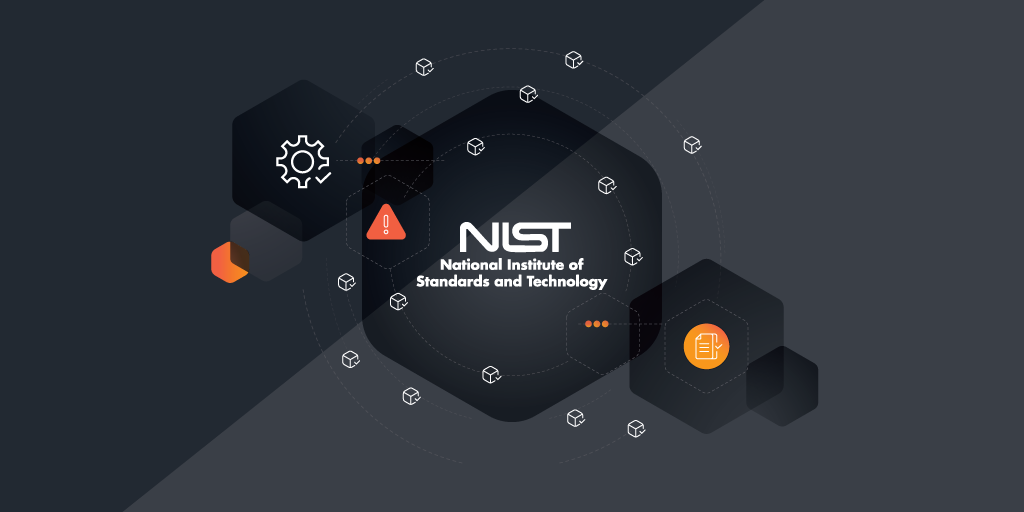
For any organization, especially those in the enterprise space, the threat of data breaches, ransomware, and other cyberattacks has become a constant. The role of Chief Information Officers (CIOs) in safeguarding a company’s data and systems has expanded, requiring not just oversight but also the implementation of robust and forward-thinking strategies. One of the most important strategies to emerge in recent years is cybersecurity asset management, which provides an essential foundation for managing data security across your enterprise.
What is Cybersecurity Asset Management?
Cybersecurity asset management involves tracking and managing all IT assets—hardware, software, network components, and even data—that your organization uses. These assets are the backbone of your company’s operations, supporting everything from daily tasks to mission-critical functions. However, these assets also serve as potential entry points for cyber threats, making them a prime target for cybercriminals.
Cybersecurity asset management plays a pivotal role in your IT security by ensuring that every asset is accounted for, monitored, and protected. Without a comprehensive view of what assets exist in the network, it becomes nearly impossible to protect them effectively. This visibility is crucial, as cyberattacks often target overlooked or underprotected systems.
By implementing cybersecurity asset management, CIOs can enjoy several benefits:
- Enhanced visibility: Knowing every piece of hardware and software within your network means having a clear picture of where vulnerabilities might exist.
- Improved compliance: Regulatory requirements often demand proof of secure data handling. A robust asset management system ensures compliance is met by tracking the protection status of all assets.
- Proactive risk mitigation: With reliable information on asset vulnerabilities, your IT team can address potential threats before they are exploited.
Why is Cybersecurity Asset Management Important?
For many organizations, cybersecurity asset management may seem like a behind-the-scenes process, but in reality, it sits at the very center of a strong cybersecurity strategy.
A robust cybersecurity asset management plan allows your organization to keep track of all assets and identify which ones are most critical to your operations. This knowledge enables your IT team to prioritize the protection of critical or sensitive assets and ensures resources are allocated efficiently. It also helps identify cybersecurity risks associated with particular assets, such as outdated software that might not receive the necessary security patches or a piece of equipment that’s no longer supported by the manufacturer.
Failure to manage assets properly can have serious consequences. Poor cybersecurity asset management often leads to vulnerabilities that cybercriminals can exploit, such as unpatched systems, shadow IT (systems or software not approved or known by the IT department), and unauthorized devices. For example, an organization that fails to track its devices could unknowingly leave an old server exposed to the Internet, providing hackers with an easy access point to their network.
What Does that Mean in Real Life?
There have been numerous high-profile breaches that resulted from inadequate cybersecurity and risk management. In one notable case, an international financial institution suffered a data breach because it neglected to patch a vulnerability in a rarely used server. This oversight allowed attackers to exploit the server, gaining access to a treasure trove of sensitive information. The lack of an effective information security and risk management process led to millions of dollars in fines and the erosion of customer trust.
In another instance, a healthcare organization left a device unaccounted for during an asset management audit. This oversight allowed a ransomware attack to spread through its network, compromising patient records. These examples underscore the critical nature of cybersecurity asset management as a defensive mechanism in today’s threat landscape.
Key Risks Associated with Poor Cybersecurity Asset Management
The absence of comprehensive asset management can expose your organization to several risks, all of which have the potential to cripple your operations and damage reputations.
- Data breaches: Unmanaged assets often lack necessary updates or patches, making them prime targets for cyberattacks. Outdated systems that haven’t been inventoried or monitored can easily be exploited by attackers, leading to unauthorized access to sensitive data.
- Regulatory non-compliance: Many industries, such as finance and healthcare, are subject to strict data security regulations. Without an accurate and current inventory of assets, it’s nearly impossible to demonstrate compliance with these regulations. Fines, legal action, and reputational damage often follow when organizations are found to be non-compliant.
- Operational inefficiencies: Without a clear view of what assets are in use, organizations can end up overspending on redundant or outdated equipment. This mismanagement can stretch IT budgets thin while leaving critical assets under-protected.
When Risks Becomes Real Life
One multinational corporation experienced a severe malware attack because its IT team didn’t have full visibility over its global infrastructure. Unpatched endpoints were left vulnerable, and malware spread quickly throughout its networks, resulting in millions of dollars in damage. A thorough cybersecurity asset management strategy could have helped prevent the attack by ensuring all devices were properly patched and accounted for.
In another example, a government agency suffered a data breach after attackers exploited a forgotten legacy system that wasn’t included in the organization’s asset inventory. The agency faced public backlash, as well as costly legal settlements. Both of these cases highlight the dangers of neglecting cybersecurity asset management and emphasize the need for proactive information security and risk management.
Implementing Effective Cybersecurity Asset Management
Building an effective cybersecurity asset management strategy requires a clear process, appropriate tools, and ongoing commitment. Here’s a step-by-step guide for CIOs looking to integrate asset management into their cybersecurity approach.
- Create a comprehensive asset inventory: Start by cataloging all hardware and software within your organization. This includes network devices, servers, workstations, mobile devices, cloud services, and even IoT (Internet of Things) devices. This step ensures no asset is left unaccounted for.
- Categorize assets by risk: Not all assets are created equal. Some are more critical to operations or contain more sensitive data than others. By assigning a risk level to each asset, you can prioritize your security efforts and allocate resources more effectively.
- Monitor assets continuously: Asset management is not a one-time project. Continuous monitoring is essential to track changes in your network, including new devices, software updates, and configuration changes. Real-time visibility helps your IT team address vulnerabilities as soon as they appear.
- Deploy automated tools: Several tools on the market can automate parts of the asset management process, such as identifying unpatched software, flagging unauthorized devices, and generating real-time reports. These tools reduce the burden on IT staff while ensuring that no vulnerabilities go unnoticed.
- Regularly audit and update the inventory: Regular audits are critical to maintaining an accurate asset inventory. As the IT landscape evolves, so too will your organization’s assets. Audits help ensure that any changes—whether it’s the decommissioning of old systems or the introduction of new ones—are properly tracked.
Best Practices for Managing and Monitoring Assets
Best practices for managing and monitoring assets are crucial for strengthening your cybersecurity strategy, particularly through effective asset management. A structured and thorough approach ensures that every device, system, and application in your organization is secure, up to date, and aligned with your overall security objectives. Teams who embrace these best practices gain a significant advantage in minimizing vulnerabilities, improving compliance, and optimizing IT operations.
- Asset Ownership
A critical starting point is establishing clear asset ownership. Every asset, whether a device, piece of software, or system, should have an assigned owner within your IT team. This practice introduces accountability, ensuring that each asset receives the necessary attention and maintenance. By assigning specific team members responsibility for assets, you reduce the likelihood of security lapses due to neglected devices or overlooked software updates. This ownership model also fosters a culture of responsibility, where your IT personnel become more proactive in safeguarding your systems.
- Endpoint Security
Enforcing endpoint security policies is another vital aspect of managing and monitoring assets. Endpoints, which include desktops, laptops, smartphones, and tablets, are often prime targets for cyberattacks. To protect your organization, ensure that every endpoint adheres to strict security protocols, such as encryption, multi-factor authentication (MFA), and the use of antivirus software. Encryption secures sensitive data, MFA adds a crucial layer of defense by requiring multiple forms of verification, and antivirus software helps detect and neutralize malware before it can cause damage. These measures reduce the risk of unmanaged devices becoming entry points for attackers.
- Vulnerability Assessment
Regular vulnerability assessments are essential for identifying weaknesses in your cybersecurity asset management strategy. These assessments allow you to pinpoint potential security gaps, whether it’s a forgotten device that remains on the network or outdated software that hasn’t been patched. Conducting vulnerability assessments on a regular basis ensures that you are consistently aware of your organization’s security posture, allowing you to address issues before they escalate. This proactive approach prevents minor issues from turning into serious security incidents.
- Continuous Monitoring
Incorporating continuous monitoring into your asset management strategy further strengthens your cybersecurity defenses. Continuous monitoring involves tracking all assets in real time, allowing your IT team to immediately detect anomalies or unauthorized changes within the network. This level of visibility ensures that you are always aware of what’s happening across your entire IT infrastructure, providing you with the opportunity to act quickly in response to emerging threats. When combined with automated tools that scan for vulnerabilities and alert your team to potential risks, continuous monitoring can drastically reduce the likelihood of a successful cyberattack.
- Incident Response Plan
A strong incident response plan should also be integrated with your asset management practices. Having clear, well-documented procedures in place for responding to security breaches or asset-related incidents ensures that your IT team can react swiftly and effectively. Your plan should include detailed instructions for isolating affected systems, conducting forensic analysis, and restoring services after an attack. By preparing in advance, you reduce the time it takes to contain incidents, minimizing the damage caused by security breaches.
- Interdepartmental Communication
Effective communication between IT and other departments is also critical. Often, assets are shared across different business units, and a lack of communication can lead to security gaps. By fostering collaboration between your IT team and other departments, you can ensure that assets are appropriately managed and that security protocols are followed throughout the organization. This cross-departmental approach ensures that security isn’t seen solely as an IT responsibility but as a company-wide priority.
Managing and monitoring assets is not just about keeping an inventory of devices and software; it’s about creating a dynamic, secure environment where every asset is accounted for, monitored, and protected. Establishing clear asset ownership, enforcing strict endpoint security policies, conducting regular vulnerability assessments, continuous monitoring, having a solid incident response plan, and encouraging interdepartmental communication are all best practices that can help CIOs ensure their cybersecurity asset management strategy is robust. The stakes are too high to leave any aspect of asset management to chance. By adhering to these practices, you strengthen your organization’s defense mechanisms, reduce risks, and support your overall business objectives.
Maximizing IT Security with Cybersecurity Asset Management
While asset management is a powerful tool on its own, it becomes even more effective when integrated into broader cybersecurity frameworks. Here are a few strategies to help maximize the impact of cybersecurity asset management within your organization.
- Integrate with existing security frameworks: Whether you’re using NIST, ISO, or another framework, asset management should be fully integrated into your existing security protocols. This ensures a cohesive and comprehensive approach to cybersecurity.
- Leverage asset management for incident response: When an incident occurs, having a clear understanding of all assets helps IT teams respond faster and more effectively. Whether it’s containing an attack or determining which systems were compromised, asset management plays a key role in mitigating damage.
- Use asset management to forecast future needs: Asset management isn’t just about security—it’s also a valuable tool for IT planning. By tracking usage patterns and the lifecycle of assets, your organization can forecast when new investments in hardware or software will be needed, helping avoid gaps in security or performance.
Start Your Cybersecurity Asset Management With Lansweeper
Effective cybersecurity asset management starts with comprehensive asset discovery. Without a complete view of your IT environment, critical vulnerabilities can go unnoticed, leaving your organization exposed to cyber threats. Lansweeper’s asset discovery offers complete and comprehensive visibility into every asset, enabling your IT team to proactively manage risks and enhance your security posture. Don’t wait for vulnerabilities to be exploited—strengthen your defenses and protect your business. Try Lansweeper with a free trial today!
Go Unlimited for 14 days
2 weeks of unlimited scanning
Start now. Use when ready
No card required
Access all features
5-minute onboarding


